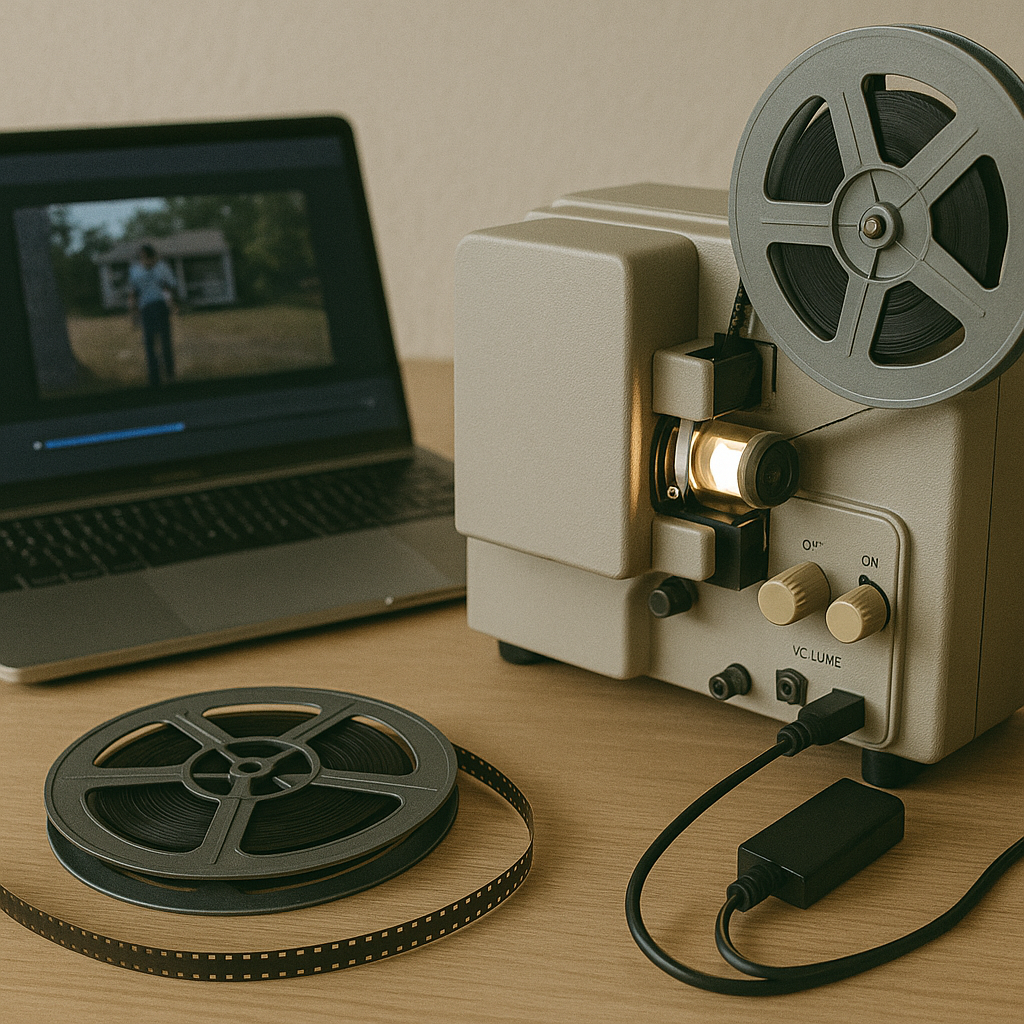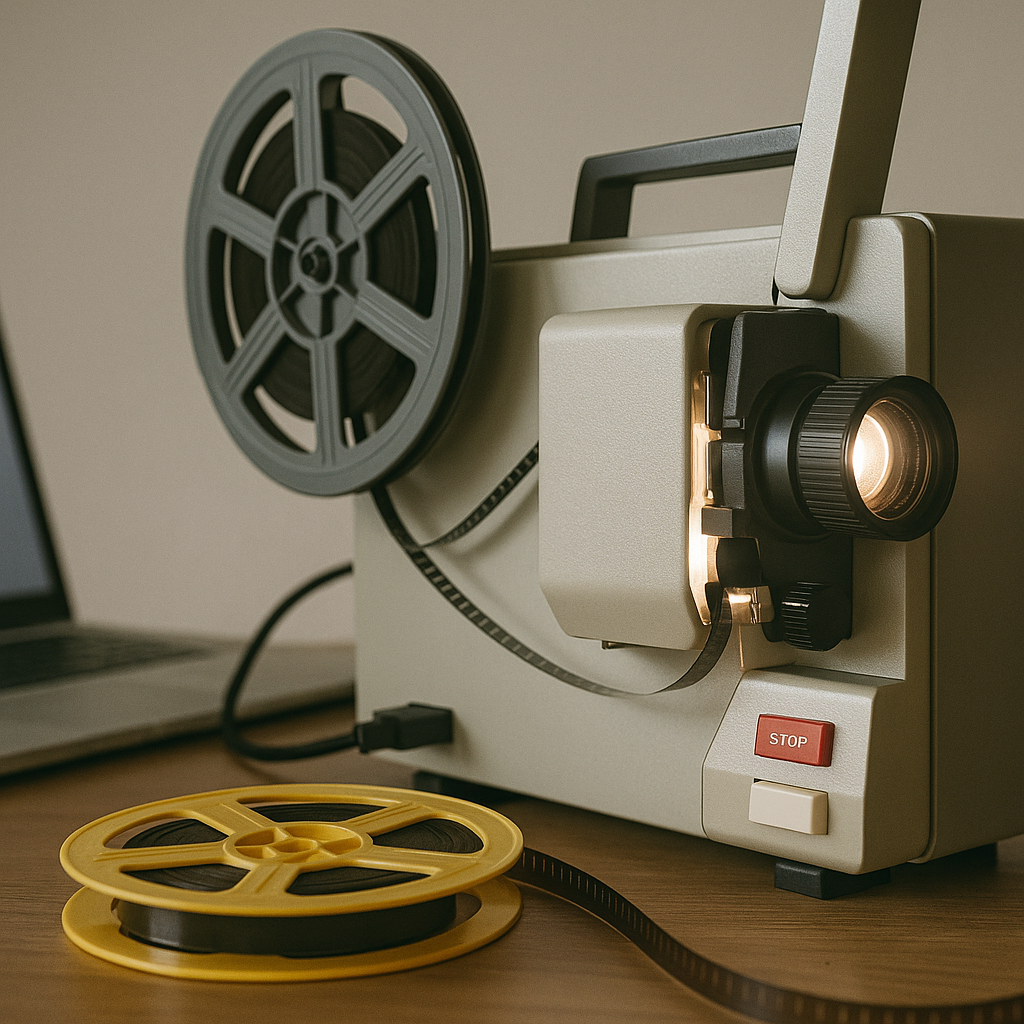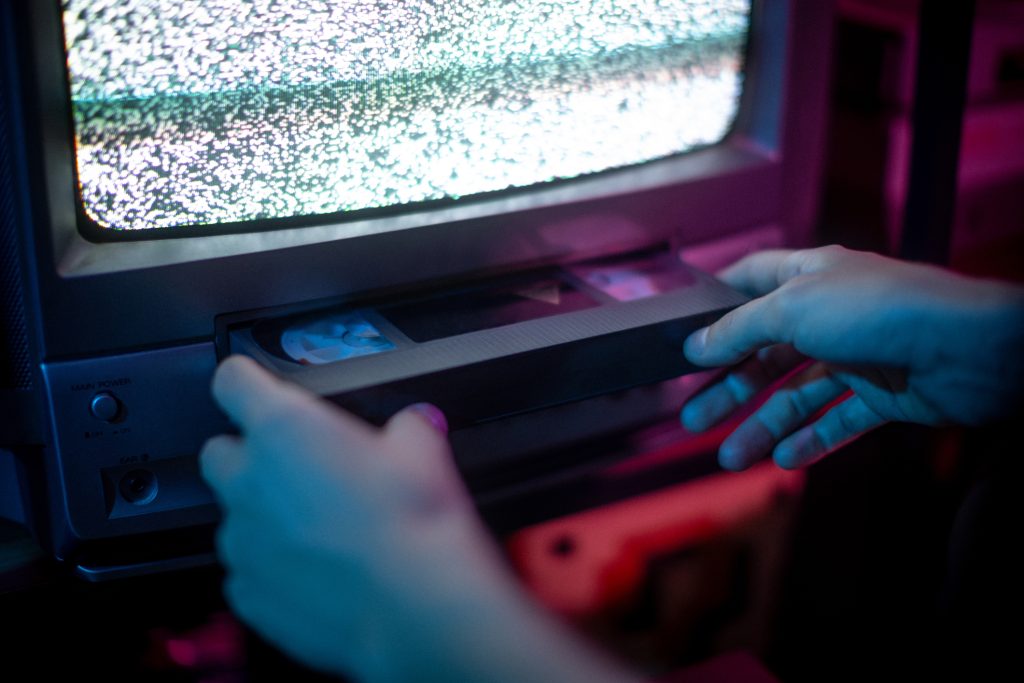Introduction
In a world increasingly dominated by digital content, many families and collectors find themselves with boxes of old 8mm film reels like snapshots of cherished memories, milestones, and once-in-a-lifetime events. Unfortunately, time is not kind to analog formats. 8mm film can deteriorate due to age, exposure to humidity, dust, and other environmental factors, making digitizing these reels not just a good idea but a necessity for preservation, accessibility, and sharing.
While DIY kits for film transfer are available, they often require technical know-how, expensive equipment, and come with the risk of damaging fragile film. That’s where professional 8mm film transfer services shine. These experts have the tools, training, and techniques to safely bring your vintage footage into the digital age.
In this article, we’ll walk you through the step-by-step process of a professional 8mm film transfer service, from initial consultation to the final delivery, so you’ll know exactly what to expect when you entrust your memories to the pros.
Initial Consultation or Order Placement
The journey typically begins with the initial contact. Depending on the provider, you can initiate this process through:
- An online form: Many services have easy-to-navigate websites where you can request a quote or place an order.
- Phone call: A great option if you have specific questions or need personalized assistance.
- In-person drop-off: Ideal if you prefer face-to-face interaction or are working with a local business.
Film Types Accepted
Before handing over your reels, it’s important to identify the type of film you have. Most reputable services accept:
- Standard 8mm
- Super 8mm (with or without sound)
- Double 8mm
Knowing your film type helps the service provider prepare the right equipment and settings for your transfer.
Questions to Ask
To avoid surprises, ask these key questions upfront:
- What’s the estimated turnaround time?
- How is pricing structured? (By foot, reel, or minute?)
- What output formats are available? (More on that later.)
Clear communication at this stage sets the tone for a smooth process.
Film Inspection and Cleaning
Once your film arrives, it undergoes careful inspection by trained technicians. This stage is critical for ensuring a high-quality transfer and preventing further damage.
Assessment Includes:
- Physical condition: Checking for brittleness, warping, or shrinkage.
- Damage detection: Identifying tears, splices, or mold.
- Reel labeling: Organizing content and matching reels with your notes, if provided.
Professional Cleaning Methods
Most services use ultrasonic cleaning or gentle solvent-based techniques. These methods remove:
- Dust and debris
- Oil and fingerprints
- Mold spores or fungus
Proper cleaning improves image clarity and protects the transfer equipment from contamination.
Why It Matters: Dirty or damaged film can result in distorted or unreadable footage. Clean, intact film produces the best results.
Frame-by-Frame Digitization Process
The heart of the transfer process lies in how your film is digitized. Professional services typically use frame-by-frame scanning, which differs greatly from lower-quality real-time capture.
Real-Time vs. Frame-by-Frame
- Real-time capture mimics projecting the film and recording it with a camera, often resulting in flickering, blur, or poor resolution.
- Frame-by-frame scanning, on the other hand, captures each individual frame as a separate high-resolution image, which is later recompiled into a fluid video.
Benefits of Frame-by-Frame Scanning
- Crisper visuals: More detail, less blur.
- Smooth playback: Eliminates stutter and flicker.
- Color accuracy: Better exposure control and enhancement options.
High-end equipment like LED backlit scanners and sprocketless transports ensure minimal wear on the film during this process.
Editing and Enhancement
Once digitized, your footage can undergo optional post-processing enhancements to make the viewing experience even better.
Common Add-Ons Include:
- Color correction: Adjusts faded hues to restore a natural look.
- Brightness and contrast adjustment: Ensures details in shadows and highlights are visible.
- Stabilization: Reduces jitter and shake from hand-held shots or warped reels.
- Scene titling: Add text to denote dates, events, or locations.
- Background music: Ideal for silent reels to enhance emotional impact.
While not always necessary, these enhancements can significantly elevate the final product, making it more engaging and visually pleasing.
Digital File Formatting and Output
Once your film has been cleaned, digitized, and optionally enhanced, the next step is choosing your preferred delivery format.
Common Output Options:
- DVDs: Great for playback on standard players. Often include a menu for scene selection.
- USB drives: Convenient for computer access and easy sharing.
- Digital downloads/cloud storage: Instant access from anywhere, perfect for large families or distant relatives.
Understanding File Formats
Your service provider will usually offer several file format options:
- MP4: Highly compatible and compressed for easy sharing.
- MOV: Preferred for editing, especially on Apple devices.
- AVI or ProRes: Higher quality, but larger file sizes.
You may also be able to request both raw and edited files, giving you the freedom to make future changes or preserve the original look of the footage.
Safe Return of Original Reels
Once the transfer is complete, your original reels are carefully packaged and returned to you along with the digital versions.
Secure Return Practices
Reputable providers use:
- Protective packaging: Bubble wrap, archival boxes, and moisture barriers.
- Tracking numbers: For full transparency and peace of mind.
- Insurance options: For added protection during shipping.
Tip: Always take inventory of your reels before sending them and match that inventory when your originals are returned.
Final Delivery and Viewing Tips
When you receive your newly digitized files, there’s one more step: enjoying and preserving your digital memories.
What to Expect:
- A USB drive, DVD set, or download link with clearly labeled folders.
- Edited video files ready for viewing.
- Any extras you opted for like music or titles are incorporated seamlessly.
Storage and Backup Recommendations:
- Create multiple backups: Save copies on a hard drive, cloud storage, and another USB.
- Use descriptive folder names: e.g., “FamilyVacation_1975” or “GrandpaWedding_1962.”
- Share copies: Send links or USBs to family members for easy access.
Organizing your content now saves you time and helps preserve your family’s legacy for future generations.
Conclusion
Choosing a professional 8mm film transfer service is more than just a tech decision, it’s an investment in preserving history, connecting generations, and breathing new life into irreplaceable memories.
From initial consultation to final delivery, each step is handled with care and expertise:
- Your films are cleaned and inspected to ensure safety.
- Frame-by-frame digitization guarantees high-quality results.
- Optional enhancements improve clarity and engagement.
- Digital formats offer convenience and flexibility.
- And your original reels are returned safely and securely.
Don’t wait for your memories to fade. Film deteriorates over time, and once it’s gone, it’s gone forever. By taking action now, you can ensure your family’s stories live on in vibrant digital form.
Ready to Preserve Your Memories?
Contact us today and start your journey from film reels to forever digital keepsakes.











